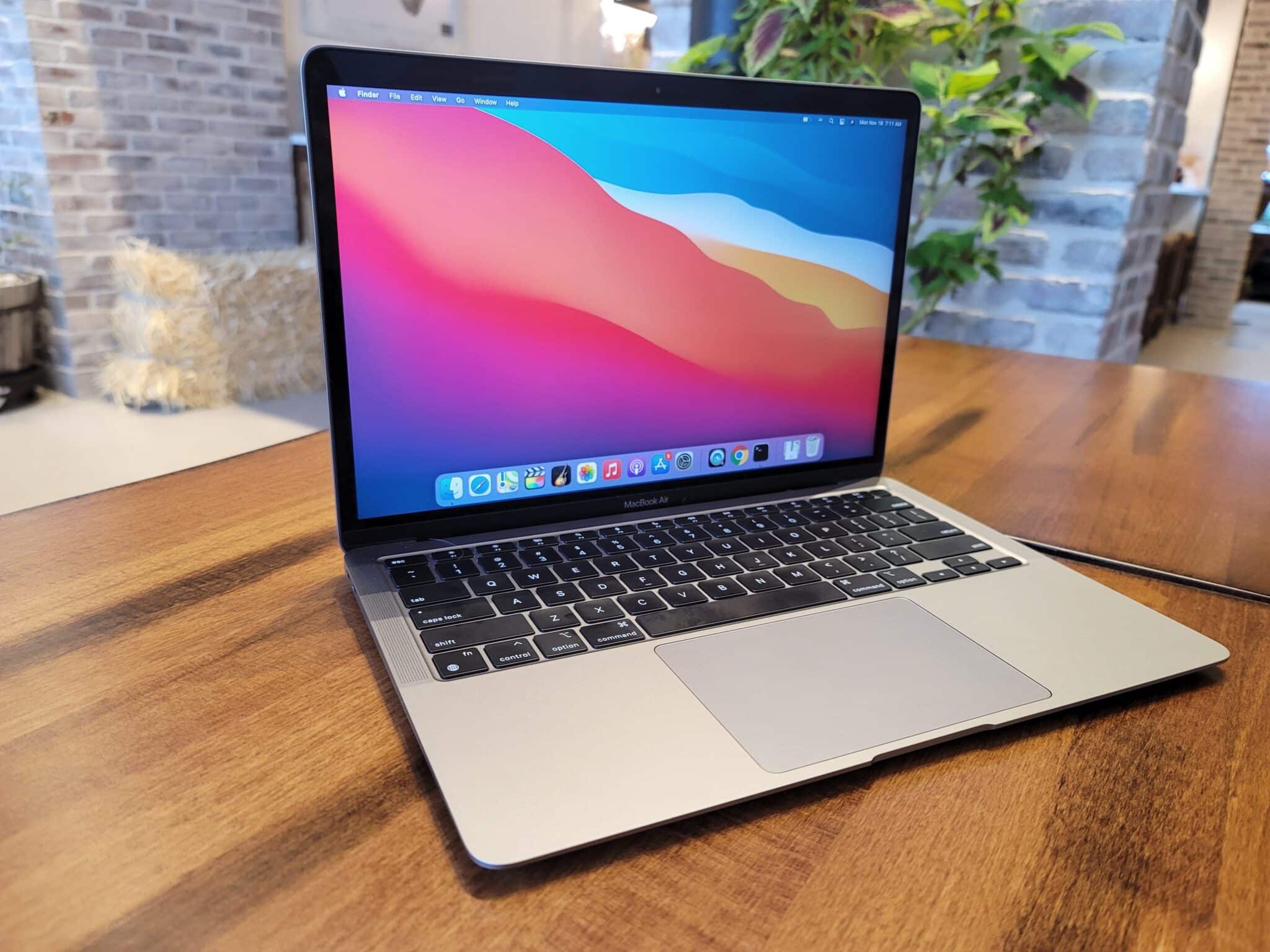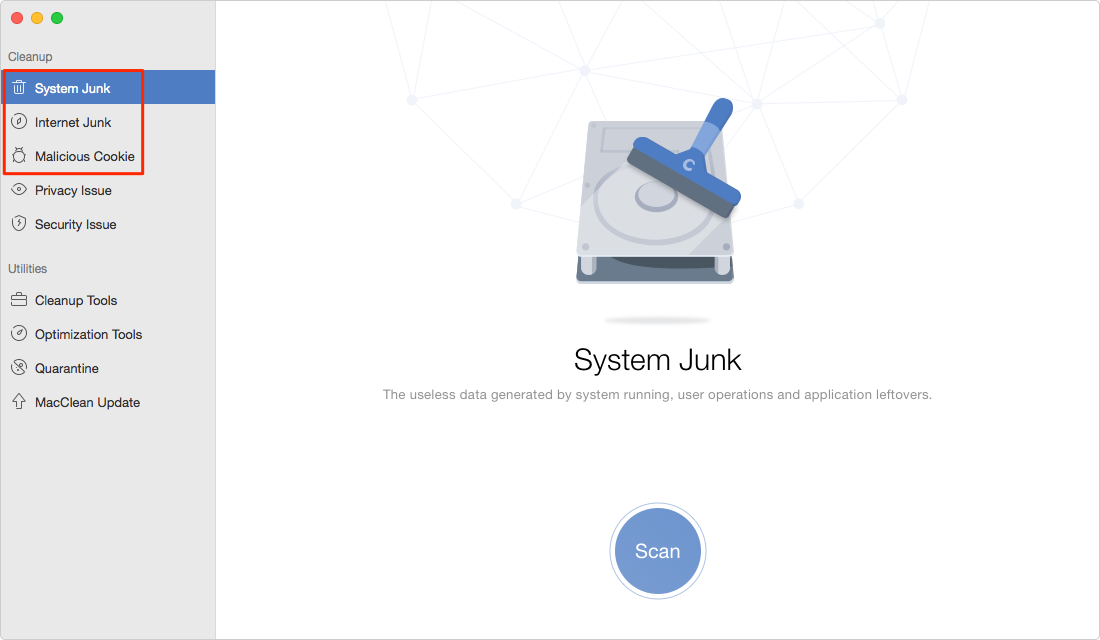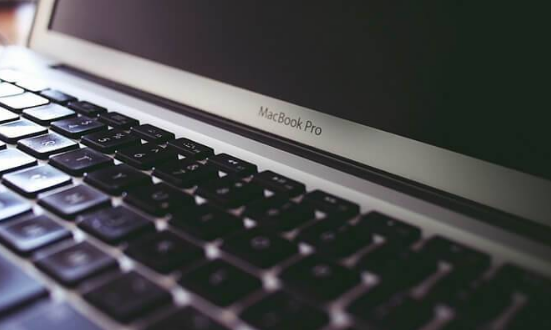How To Speed Up Video On Macbook
In today's fast-paced world, having a slow MacBook Pro can be a real headache. From sluggish performance to frustratingly long loading times, a slow Macbook Pro can really slow you down. But fear not, as I am here to provide you with some simple yet effective tips to speed up your MacBook Pro in no time!
10 Simple Tips To Speed Up Macbook Pro In 30 Minutes (Or Less)
One of the easiest ways to improve the speed of your MacBook Pro is to declutter your desktop. Too many icons and files on your desktop can slow down your Mac's performance. Take some time to organize your files into folders and remove any unnecessary items from your desktop.
Another great way to speed up your MacBook Pro is to optimize your startup items. You can do this by going to System Preferences > Users & Groups > Login Items and removing any unnecessary apps from the list. This will help your Mac boot up faster and run more smoothly.
Updating your macOS can also help improve the speed and performance of your MacBook Pro. Make sure to regularly check for updates and install them as soon as they become available. Updates often contain bug fixes and performance enhancements that can help speed up your Mac.
Clearing your browser cache and cookies can also help improve the speed of your MacBook Pro. Browsers store temporary files and data from websites you visit, which can slow down your browsing experience. By clearing your cache and cookies regularly, you can help your Mac run more efficiently.
Additionally, optimizing your storage space can have a big impact on your Mac's performance. Make sure to regularly clean out your Downloads folder, delete old files and applications that you no longer use, and empty your Trash. This will help free up space on your hard drive and improve the speed of your MacBook Pro.
Running maintenance tasks such as disk cleanup, disk repair, and permissions repair can also help speed up your MacBook Pro. You can use utilities such as Disk Utility to perform these tasks and keep your Mac running smoothly.
Disabling unnecessary visual effects and animations can also help improve the speed of your MacBook Pro. You can do this by going to System Preferences > Accessibility > Display and checking the Reduce Motion box. This will disable unnecessary animations and effects that can slow down your Mac.
Upgrading your hardware can also help improve the speed of your MacBook Pro. Adding more RAM or upgrading to a solid-state drive (SSD) can significantly boost your Mac's performance and speed. Consider upgrading your hardware if you frequently use resource-intensive applications or notice a significant slowdown in performance.
Using a reputable antivirus software can also help speed up your MacBook Pro by protecting it from malware and viruses. Regularly scanning your Mac for threats and keeping your antivirus software up to date can help ensure that your Mac runs smoothly and efficiently.
Finally, restarting your MacBook Pro regularly can help improve its speed and performance. Restarting your Mac clears out temporary files and processes that may be slowing it down. Make it a habit to restart your Mac at least once a week to keep it running smoothly.
How To Speed Up Your MacBook Without Spending Money

As much as we all love a good bargain, sometimes speeding up your MacBook doesn't have to come with a hefty price tag. There are plenty of simple and cost-effective ways to improve the performance of your MacBook without breaking the bank.
One of the easiest ways to speed up your MacBook without spending money is to clean up your hard drive. Over time, your hard drive can become cluttered with unnecessary files and data, which can slow down your Mac's performance. Take some time to go through your files and delete anything you no longer need.
Another great way to improve the speed of your MacBook without spending money is to optimize your settings. By adjusting settings such as Energy Saver, Display, and Spotlight, you can help your Mac run more efficiently and quickly. Remember to also disable any unnecessary startup items and background processes that may be eating up your Mac's resources.
Regularly updating your software can also help improve the speed of your MacBook without spending money. Software updates often contain bug fixes and performance enhancements that can help your Mac run more smoothly. Make sure to regularly check for updates and install them as soon as they become available.
Managing your browser extensions and plugins can also help speed up your MacBook without spending money. Too many extensions and plugins can slow down your browser's performance and consume resources. Remove any unnecessary extensions and plugins to help your browser run more smoothly.
Using built-in utilities such as Activity Monitor can also help improve the speed of your MacBook without spending money. Activity Monitor allows you to monitor system resources and identify any apps or processes that may be slowing down your Mac. Use Activity Monitor to close any unnecessary apps or processes and free up resources.
Regularly cleaning out your cache and temporary files can also help improve the speed of your MacBook without spending money. Browsers store temporary files and data from websites you visit, which can accumulate over time and slow down your browsing experience. Clearing out your cache and temporary files regularly can help your browser run more efficiently.
Optimizing your storage space is another great way to speed up your MacBook without spending money. Make sure to regularly clean out your Downloads folder, delete old files and applications, and empty your Trash. This will help free up space on your hard drive and improve the performance of your MacBook.
Disabling unnecessary visual effects and animations can also help improve the speed of your MacBook without spending money. By disabling features such as transparency effects, motion effects, and animated backgrounds, you can help your Mac run more smoothly and quickly.
Changing your desktop background to a static image can also help improve the speed of your MacBook without spending money. Dynamic desktop backgrounds and animated wallpapers can consume resources and slow down your Mac. Switching to a static image can help reduce the strain on your Mac's resources and improve its performance.
Lastly, regularly restarting your MacBook can also help improve its speed and performance without spending money. Restarting your Mac clears out temporary files and processes that may be slowing it down. Make it a habit to restart your Mac at least once a week to keep it running smoothly.
How to Speed Up Slow Mac or MacBook Pro - Quick Tips 2020

If you're feeling frustrated with your slow Mac or MacBook Pro, fear not! There are plenty of quick tips and tricks you can try to speed up your Mac and get it running like new again. From optimizing your settings to decluttering your desktop, these tips will help you make the most of your Mac's performance.
One of the quickest and easiest ways to speed up your slow Mac or MacBook Pro is to close any unnecessary apps and processes. Running too many apps at once can consume resources and slow down your Mac's performance. Make sure to regularly check your Activity Monitor and close any apps or processes that you don't need.
Updating your macOS can also help improve the speed of your slow Mac or MacBook Pro. Make sure to regularly check for updates and install them as soon as they become available. Updates often contain bug fixes and performance enhancements that can help your Mac run more smoothly.
Optimizing your startup items can also help speed up your slow Mac or MacBook Pro. You can do this by going to System Preferences > Users & Groups > Login Items and removing any unnecessary apps from the list. This will help your Mac boot up faster and run more efficiently.
Clearing your browser cache and cookies is another quick and easy way to speed up your slow Mac or MacBook Pro. Browsers store temporary files and data from websites you visit, which can slow down your browsing experience. By clearing your cache and cookies regularly, you can help your Mac run more smoothly.
Running maintenance tasks such as disk cleanup, disk repair, and permissions repair can also help speed up your slow Mac or MacBook Pro. You can use utilities such as Disk Utility to perform these tasks and keep your Mac running smoothly.
Disabling unnecessary visual effects and animations can also help improve the speed of your slow Mac or MacBook Pro. You can do this by going to System Preferences > Accessibility > Display and checking the Reduce Motion box. This will disable unnecessary animations and effects that can slow down your Mac.
Optimizing your storage space can also have a big impact on the speed of your slow Mac or MacBook Pro. Make sure to regularly clean out your Downloads folder, delete old files and applications that you no longer use, and empty your Trash. This will help free up space on your hard drive and improve the performance of your Mac.
Upgrading your hardware can also help speed up your slow Mac or MacBook Pro. Adding more RAM or upgrading to a solid-state drive (SSD) can significantly boost your Mac's performance and speed. Consider upgrading your hardware if you frequently use resource-intensive applications or notice a significant slowdown in performance.
Regularly restarting your slow Mac or MacBook Pro can also help improve its speed and performance. Restarting your Mac clears out temporary files and processes that may be slowing it down. Make it a habit to restart your Mac at least once a week to keep it running smoothly.
[Quick Tips] How to Speed Up MacBook (Pro/Air) - iMobie Inc.

When it comes to speeding up your MacBook, there are plenty of quick tips and tricks you can try to boost its performance. Whether you have a MacBook Pro or MacBook Air, these tips from iMobie Inc. will help you get the most out of your Mac and keep it running smoothly.
One of the quickest ways to speed up your MacBook is to declutter your desktop. Too many icons and files on your desktop can slow down your Mac's performance. Take some time to organize your files into folders and remove any unnecessary items from your desktop.
Optimizing your startup items can also help improve the speed of your MacBook. You can do this by going to System Preferences > Users & Groups > Login Items and removing any unnecessary apps from the list. This will help your Mac boot up faster and run more efficiently.
Updating your macOS is another important step to speeding up your MacBook. Make sure to regularly check for updates and install them as soon as they become available. Updates often contain bug fixes and performance enhancements that can help your Mac run more smoothly.
Clearing your browser cache and cookies can also help improve the speed of your MacBook. Browsers store temporary files and data from websites you visit, which can slow down your browsing experience. By clearing your cache and cookies regularly, you can help your Mac run more smoothly.
Running maintenance tasks such as disk cleanup, disk repair, and permissions repair can also help speed up your MacBook. You can use utilities such as Disk Utility to perform these tasks and keep your Mac running smoothly.
Disabling unnecessary visual effects and animations can also help improve the speed of your MacBook. You can do this by going to System Preferences > Accessibility > Display and checking the Reduce Motion box. This will disable unnecessary animations and effects that can slow down your Mac.
Upgrading your hardware can also help speed up your MacBook. Adding more RAM or upgrading to a solid-state drive (SSD) can significantly boost your Mac's performance and speed. Consider upgrading your hardware if you frequently use resource-intensive applications or notice a significant slowdown in performance.
Using a reputable antivirus software can also help speed up your MacBook by protecting it from malware and viruses. Regularly scanning your Mac for threats and keeping your antivirus software up to date can help ensure that your Mac runs smoothly and efficiently.
Regularly restarting your MacBook can also help improve its speed and performance. Restarting your Mac clears out temporary files and processes that may be slowing it down. Make it a habit to restart your Mac at least once a week to keep it running smoothly.
How to Speed up Macbook Pro - Tutorial - Techilife

When it comes to speeding up your Macbook Pro, there are plenty of tutorials and guides available to help you maximize its performance. From optimizing settings to cleaning up your storage space, these tips from Techilife will help you get the most out of your Macbook Pro and keep it running smoothly.
One of the first things you should do to speed up your Macbook Pro is to declutter your desktop. Too many icons and files on your desktop can slow down your Mac's performance. Take some time to organize your files into folders and remove any unnecessary items from your desktop.
Optimizing your startup items can also help improve the speed of your Macbook Pro. You can do this by going to System Preferences > Users & Groups > Login Items and removing any unnecessary apps from the list. This will help your Mac boot up faster and run more efficiently.
Updating your macOS is another important step to speeding up your Macbook Pro. Make sure to regularly check for updates and install them as soon as they become available. Updates often contain bug fixes and performance enhancements that can help your Mac run more smoothly.
Clearing your browser cache and cookies can also help improve the speed of your Macbook Pro. Browsers store temporary files and data from websites you visit, which can slow down your browsing experience. By clearing your cache and cookies regularly, you can help your Mac run more smoothly.
Running maintenance tasks such as disk cleanup, disk repair, and permissions repair can also help speed up your Macbook Pro. You can use utilities such as Disk Utility to perform these tasks and keep your Mac running smoothly.
Disabling unnecessary visual effects and animations can also help improve the speed of your Macbook Pro. You can do this by going to System Preferences > Accessibility > Display and checking the Reduce Motion box. This will disable unnecessary animations and effects that can slow down your Mac.
Upgrading your hardware can also help speed up your Macbook Pro. Adding more RAM or upgrading to a solid-state drive (SSD) can significantly boost your Mac's performance and speed. Consider upgrading your hardware if you frequently use resource-intensive applications or notice a significant slowdown in performance.
Using a reputable antivirus software can also help speed up your Macbook Pro by protecting it from malware and viruses. Regularly scanning your Mac for threats and keeping your antivirus software up to date can help ensure that your Mac runs smoothly and efficiently.
Regularly restarting your Macbook Pro can also help improve its speed and performance. Restarting your Mac clears out temporary files and processes that may be slowing it down. Make it a habit to restart your Mac at least once a week to keep it running smoothly.
For more in-depth tutorials and guides on how to speed up your Macbook Pro, be sure to visit Techilife. Whether you're a beginner or an advanced user, Techilife has all the information you need to help you get the most out of your Macbook Pro and keep it running smoothly.
[Quick Tips] How To Speed Up MacBook (Pro/Air) - IMobie Inc.
![[Quick Tips] How to Speed Up MacBook (Pro/Air) - iMobie Inc.](https://imobie-resource.com/en/support/img/how-to-speed-up-macbook-pro3.png) imobie.com
imobie.com How To Speed Up Macbook Pro - Tutorial - Techilife
 www.techilife.com
www.techilife.com How To Speed Up Your MacBook Without Spending Money
 rwrant.co.za
rwrant.co.za 10 Simple Tips To Speed Up Macbook Pro In 30 Minutes (Or Less
How To Speed Up Slow Mac Or MacBook Pro - Quick Tips 2020 | Macbook Pro
 www.pinterest.com
www.pinterest.com
Komentar
Posting Komentar